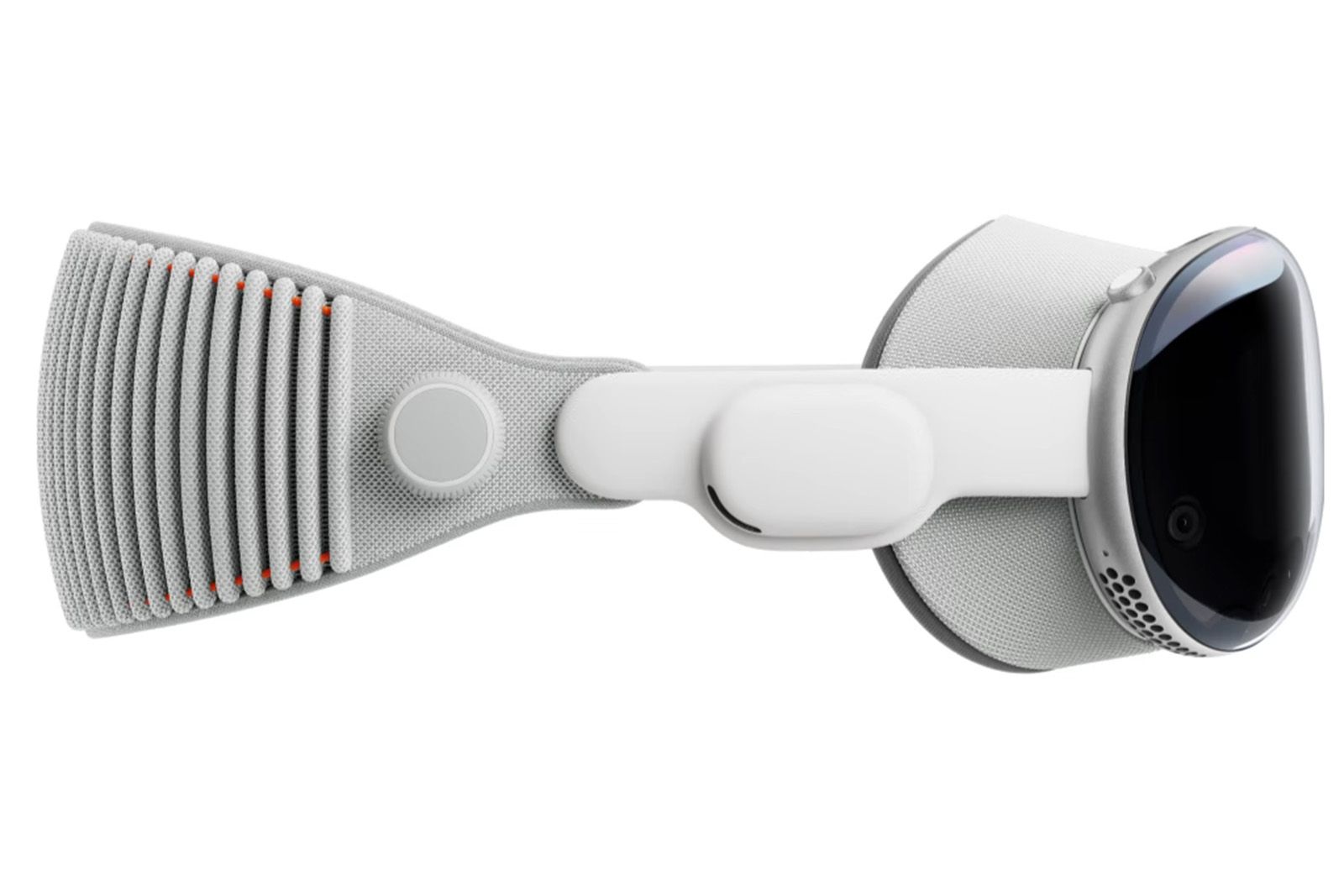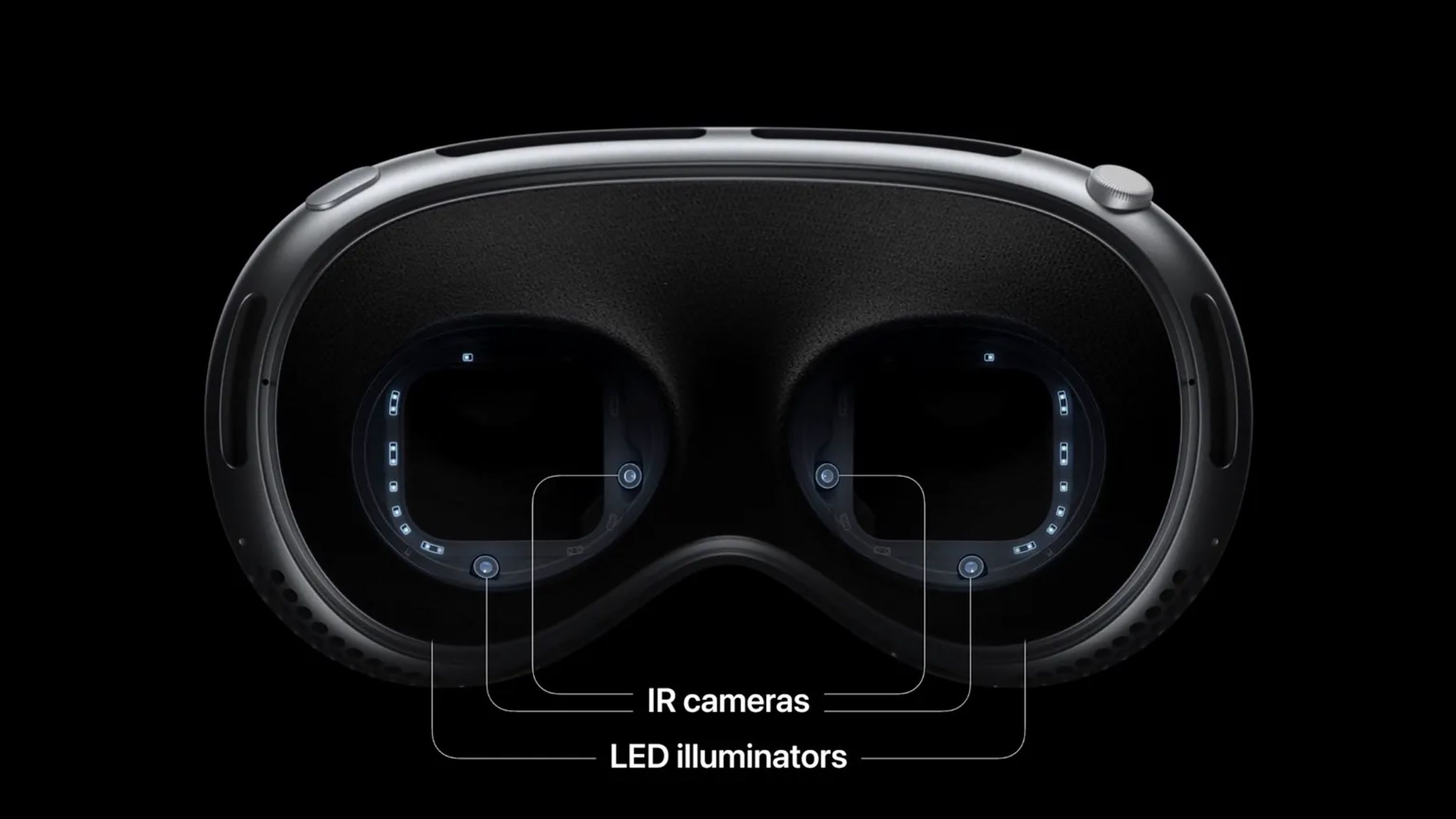Key Takeaways
- Optic ID is a biometric authentication system by Apple that uses iris recognition technology for secure and convenient unlocking and transactions.
- Optic ID is exclusive to the Apple Vision Pro headset and is not integrated into other Apple devices.
- Optic ID differs from Face ID and Touch ID by using iris recognition technology, which captures and analyzes the unique patterns of the user’s iris for authentication.
Optic ID is a cutting-edge biometric authentication system developed by Apple, harnessing the power of iris recognition technology to enhance the security and convenience of unlocking devices, autofilling passwords, and completing transactions. In this technical FAQ guide, we will delve into the specifics of Optic ID, including its underlying technology, compatibility, setup process, and a detailed comparison with Face ID and Touch ID.
Apple
What is Optic ID?
Optic ID is a highly advanced biometric authentication system developed by Apple. It relies on the principles of iris recognition technology to authenticate you and unlock your devices and services. This technology is made possible by a combination of specialized sensors, high-resolution cameras, and invisible LED light exposures, and encryption algorithms, ensuring precise, secure, and reliable iris recognition.

I tried Apple Vision Pro and I wasn’t at all prepared for the experience it delivered
My preview with the Apple Vision Pro opened my eyes to the possibilities of what it can offer.
Which devices offer Optic ID?
Optic ID is currently exclusive to the Apple Vision Pro augmented reality headset, launching Feb. 2. It is not integrated into other Apple devices.

Apple Vision Pro
- Resolution (per eye)
- 23MP per eye, roughly 4K resolution
- Display Type
- Micro-OLED
- Storage
- 1TB / 2TB / 4TB
- Connectivity
- Wi-Fi and Bluetooth
- Tracking Technology
- LEDs and infrared cameras
- Processor
- Apple M2 + Apple R1
Apple
How does Optic ID work on Apple Vision Pro?
Apple Vision Pro is equipped with sensors and high-resolution cameras that capture the intricate patterns of your iris using invisible LED light exposures.
The iris data is meticulously compared to the your enrolled Optic ID data that you setup while getting started with Apple Vision Pro. It’s stored securely within the device’s Secure Enclave and is fully encrypted, ensuring its confidentiality and protection. When a match is detected between the captured iris and the enrolled iris data, Apple Vision Pro instantaneously unlocks, granting access to all its features and functionalities.
Authenticating with Optic ID
- Iris capture: High-resolution cameras and sensors capture iris patterns using invisible LED light.
- Data comparison: Captured iris data is compared to securely stored Optic ID data.
- Encryption: Iris data is fully encrypted for protection.
- Instant unlock: A successful match unlocks the device instantly.
You can also autofill passwords and complete transactions with Optic ID. Whether you are making purchases within apps or using Apple Pay within the headset’s interface, Optic ID provides a secure means of verifying your identity before completing transactions.

14 mind-blowing Apple Vision Pro features you might not know
Can’t decide whether to splurge $3,500 on the new Apple Vision Pro? These 14 features just might blow — or help make up — your mind.
Apple
How does Optic ID differ from Face ID and Touch ID?
Optic ID, Face ID, and Touch ID are distinct biometric authentication methods offered by Apple, each with its own technical approach:
- Face ID: Face ID relies on facial recognition technology and is available on devices equipped with TrueDepth cameras. It creates a detailed 3D map of your facial features, using infrared dots and depth sensing. This allows it to recognize your face accurately and securely.
- Touch ID: Touch ID employs a fingerprint sensor that is typically embedded in the device’s home button or power button. You can unlock your devices and authenticate transactions by placing your finger on the sensor, which captures and verifies fingerprint data.
- Optic ID: Optic ID sets itself apart by leveraging iris recognition technology. It captures and analyzes the unique patterns of the your iris, providing a secure and efficient method for unlocking the Apple Vision Pro headset, autofilling passwords, and completing transactions.
Apple
How do you set up Optic ID?
Configuring Optic ID on your Apple Vision Pro involves a few steps:
- Initial setup: During the initial configuration of your headset, you will be prompted to establish Optic ID as a security measure.
- Iris scanning and enrollment: Follow the on-screen instructions to enable the headset to perform iris scans. This process may include looking at various points around your peripheral vision to create an accurate iris record.
- Activation: Once enrolled, you can enable Optic ID as your preferred authentication method for unlocking your Apple Vision Pro, authorizing payments, and autofilling passwords.
Apple
How secure is Optic ID?
Optic ID includes advanced encryption techniques to secure iris data. When your iris is scanned and enrolled, it’s immediately encrypted using algorithms.
This encrypted data is then stored in Apple’s own Secure Enclave, a hardware component with isolated memory and processing capabilities. The Secure Enclave offers strong hardware-level security features like tamper-resistant architecture and self-generated encryption keys. This ensures that, even if an unauthorized entity gains access to Apple Visson Pro, they won’t be able to decipher or misuse the stored iris data.
Apple places a significant focus on user privacy when it comes to Optic ID.
It promises all user data, including iris scans and eye-tracking information, remains confidential and never leaves your device. Additionally, data from the headset’s cameras and sensors handle processing at the system level, preventing apps from accessing your surroundings without explicit permission.

Apple Vision Pro: Everything you need to know about the Apple VR headset
Apple has announced its mixed reality headset, looking to start a new chapter in spatial computing.
Apple
More Optic ID FAQ
Q. Does Optic ID work if you wear color contacts?
Apple said Optic ID is engineered to function effectively even if you wear color contacts or corrective lenses. The technical foundation of Optic ID allows it to analyze the intricate patterns of your iris accurately, regardless of any external factors such as contact lenses. It should maintain a high level of reliability.
Q. Does Optic ID work with identical twins?
Optic ID incorporates advanced algorithms for iris recognition, which Apple suggested can differentiate between identical twins. While identical twins share a high degree of genetic similarity, the intricate patterns of their irises are distinct. The technical precision of Optic ID allows it to detect these subtle differences.
Q. Does Optic ID require an internet connection for authentication?
No, Optic ID does not rely on an internet connection for authentication. The entire authentication process, from iris scanning to data comparison and unlocking, occurs locally on the device. This ensures that you can access your Apple Vision Pro headset securely, even offline.
Q. Can Optic ID detect spoofing attempts?
Optic ID’s algorithms are designed to detect and differentiate between real irises and spoofing attempts, such as printed images or videos. These measures enhance the system’s security, making it difficult for malicious actors to deceive Apple’s iris recognition technology.














